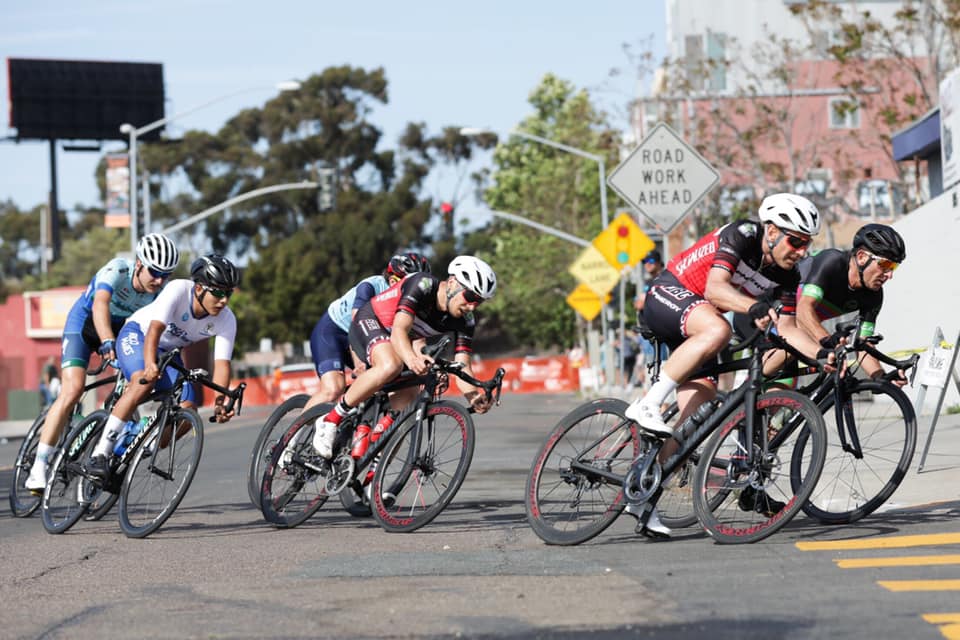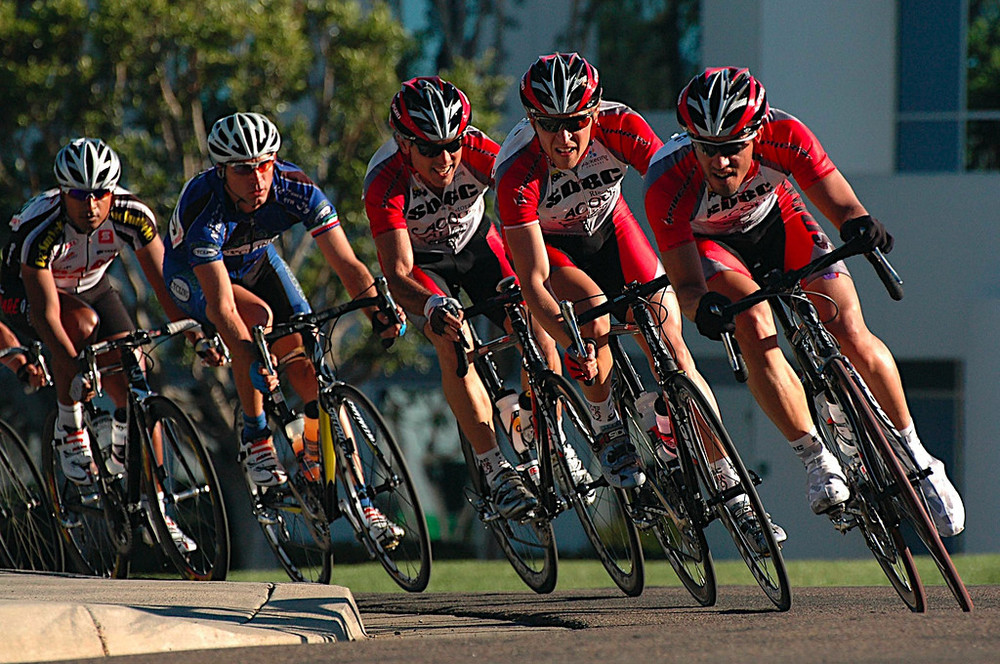The Art of Team Tactics

Cycling is a team sport and cycling is a numbers game. Teams that can successfully apply their numbers are often the ones that come out on top. However, bike racing is also full of nuances that lead to a different race outcome every single time you tow the line. The way you race solo vs. with a squad is going to be completely different. Learning how to adapt team tactics to specific parcours is quite the challenge as well. Ideally, I will help break down some of these nuances and offer some guidance on how to successfully apply team tactics to a myriad of race scenarios.

Setting goals as a team
Setting goals based on team tactics before the race is very important and can help set objectives for the team as well as individual riders. This is typically done in a pre race meeting where rider roles and expectations are set. Setting rider roles is more effective than discussing a complex plan that is sure to evolve within minutes of the race starting. Rider roles could be: covering breaks in the first half/second half of the race, initiating attacks to either establish a breakaway or set up a counter attack, conserving and waiting for the sprint finish, and helping position teammates for crucial moments of the race. Designating a rider to be road captain to help evolve roles on the fly is important as well. This highlights the importance of riding in close proximity to teammates to be able to effectively communicate throughout the race.
Team Tactics: Sprint vs. Breakaway
Bike racing is really complex, but ultimately it's a game of sprinters vs non sprinters. Those that possess a punch and the skills required to navigate a peloton aren’t concerned in the slightest if the race comes down to a bunch kick, whereas riders not gifted with a sprint need to escape the peloton to be successful. Think about the most likely scenario and if it’s worth the investment to disrupt the status quo. What outcome historically plays out on the course, what teams are present and what the weather is doing are all factors to consider when formulating team tactics.
Team Tactics: Solo vs. with teammates
Strategies for racing solo vs. when with teammates are going to be drastically different. As a solo rider, you are really only able to commit to one strategy, either conserve and wait for the sprint or attack/follow to get up the road. It’s very hard to do both. Having teammates opens up the options and opportunities. Now instead of only being able to use your individual matches, now you have the collective matches that multiple personnel bring to the table. For instance, if you have a great sprinter on your team it really opens up the opportunity to initiate and cover many more moves because now you have a fall back option should the race finish in a sprint. Having multiple teammates at the front of the race also makes getting in the breakaway much more effective because it allows teammates to counter attack or follow moves should the original move come back. One fail safe way to always make the break is to always have a teammate represented in the move.
Using the parcours to your advantage
When thinking about team tactics and strategy for racing, it is imperative to use the course to your advantage. Identifying major pinch points can be a great indicator of where to attack the race. For instance, coming into a tight corner that causes a major de-acceleration followed by a rapid acceleration is a great point to attack into or out of, as there will be a limited number of riders able to respond to the attack. Whereas, attacking when the road is 5 lanes wide and the peloton is bunched up allows most of the peloton to be able to respond to the attack, which is likely going to limit the success of the attack. Use teammates to position well into these pinch points to be able to put pressure on the race.
For a more in depth discussion of team strategy and tactics check out this presentation
Additional Team Tactics Reading
About the Author
Taylor Warren has raced at the elite level since 2014 and graduated with a Bachelor's Degree in Exercise Physiology from Colorado State University in 2015. Taylor continues to race at the elite level with CS Velo Racing, gaining experience and wisdom to help impart to the athletes he works with. Taylor is also a student of the game, with a passion for human performance and physiology, he is able to combine his race experience with an understanding of how the human body responds to training to deliver the best possible coaching experience. Taylor believes in a practical, holistic approach to coaching and training that values the athlete’s lifestyle and understands how to make the process approachable and enjoyable.
